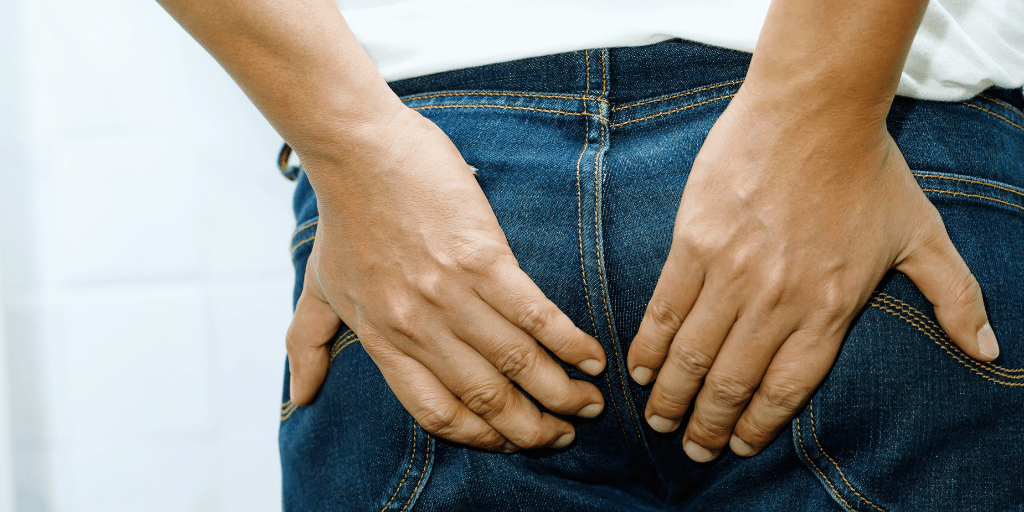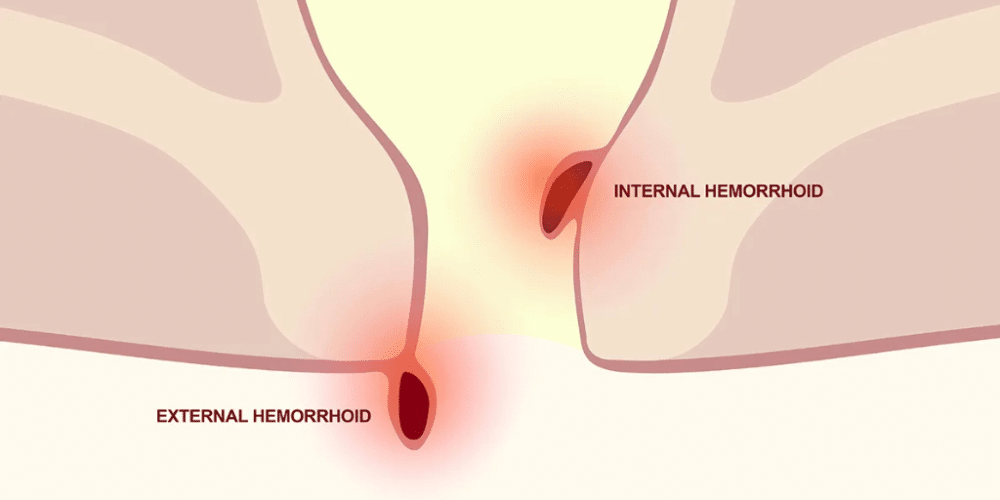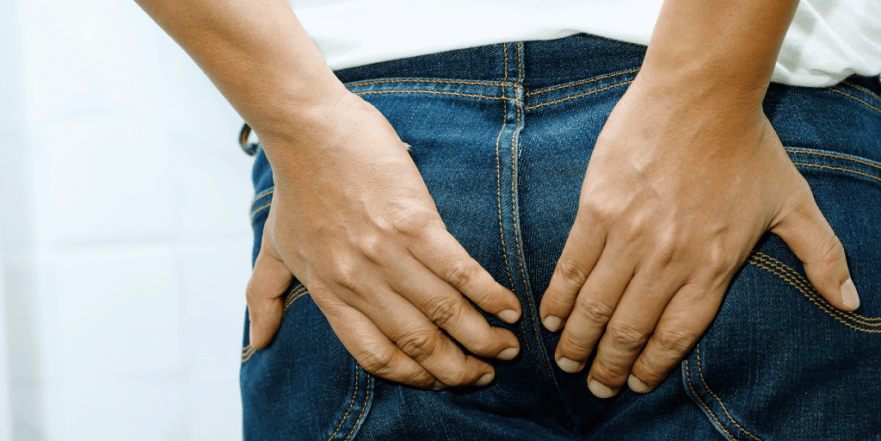
Let’s be honest, no one really enjoys talking about hemorrhoids. You may even be sitting on one right now. But if you’re one of the millions of people dealing with the itching, pain, or alarming sight of blood, you’re not looking for a conversation starter—you’re looking for real answers and lasting relief. The good news is that hemorrhoids are incredibly common and, in most cases, highly treatable. The problem is that there’s a lot of misinformation and embarrassment surrounding them, which prevents people from getting the help they need.
This guide is here to change that. We’re going to take a deep dive into what hemorrhoids are, why you get them, and the full spectrum of things you can do about them, from simple lifestyle tweaks to effective medical treatments. Think of this as your authoritative, friendly manual to understanding and managing this very common condition. You’ll learn that you have more control over this problem than you think, and you certainly don’t have to suffer in silence. (This article is based on the insights of Dr. Paul Zalzal and Dr. Brad Weening)
📌Key Takeaways
- Hemorrhoids Are Normal (Until They’re Not): Hemorrhoids are actually normal vascular “cushions” in your anal canal that help with continence. They only become a problem when they get swollen, inflamed, and symptomatic.
- Prevention is Your Best Strategy: The most powerful tool you have is prevention. A diet high in fiber, plenty of water, regular exercise, and healthy bathroom habits are your best defense.
- Location, Location, Location: There are two main types, internal and external, and their location determines your symptoms. Internal hemorrhoids are usually painless (but can bleed), while external ones can be exquisitely painful.
- Don’t Be Embarrassed to See a Doctor: This is crucial. A doctor can give you a proper diagnosis, rule out more serious conditions like cancer, and guide you toward the right treatment. They’ve seen it all before.
- A Wide Range of Treatments Exist: You have options! Relief can come from simple at-home remedies, dietary supplements, and, if needed, minimally invasive procedures that can be done right in a doctor’s office.
❓8. What Exactly Are Hemorrhoids? (Hint: They’re Not Just Swollen Veins)

When you hear the word “hemorrhoid,” you probably picture a painful, swollen vein. That’s part of the story, but it’s not the whole picture. We all have hemorrhoids. They are a normal part of your anatomy—cushions of tissue, rich in blood vessels (both arteries and veins), that are located in your anal canal. These cushions serve two very important functions.
First, they have a vascular job. The veins within these cushions are part of a complex network that draws blood away from the anal area. This is critical for keeping the tissue healthy, especially in an area with a lot of bacteria. Good blood flow in and out is key to preventing infection.
Second, and this is something most people don’t know, they have a mechanical job. These hemorrhoidal cushions, typically three main bundles of them, fit together like the pieces of a jigsaw puzzle. Along with your sphincter muscles, they create a tight seal that keeps the anus closed. This contributes to what doctors call “continence,” which is your ability to control your bowels and prevent leakage. So, these cushions are supposed to be there.
A “hemorrhoid” as a medical problem occurs when the veins within these cushions become dilated, swollen, and inflamed, causing them to bulge and produce symptoms.
🔍7. Internal vs. External: Why Location Matters for Pain

To understand your symptoms and treatment options, you need to know about a little landmark inside your anal canal called the dentate line (or pectinate line). Think of it as a dividing line. Hemorrhoids are classified as either internal or external based on whether they are above or below this line.
- Internal Hemorrhoids: These are located above the dentate line, further inside your rectum. The tissue lining this area has a different type of nerve supply called visceral nerves. These nerves don’t sense sharp pain, pressure, or temperature. This is why internal hemorrhoids are typically painless. Their most common symptom is bright red, painless bleeding during a bowel movement.
- External Hemorrhoids: These are located below the dentate line, right at the anal opening where they are covered by a type of modified skin called anoderm. This area is packed with somatic nerve endings—the same kind you have in your skin. These nerves are highly sensitive to pain, stretch, and temperature. This is why external hemorrhoids can be incredibly painful, especially if a blood clot forms inside one (a thrombosed hemorrhoid).
This distinction is the single most important factor in how hemorrhoids are treated. Painless procedures like banding are reserved for internal hemorrhoids, while painful external ones require a different approach.
⚠️6. The Telltale Signs: How to Know if You Have a Hemorrhoid

So, how do you know if your symptoms are pointing to a hemorrhoid? The signs can vary depending on the type and severity, but here are the most common ones:
- Feeling a Lump: You might feel a soft or firm lump around your anal opening when you’re bathing or cleaning yourself after a bowel movement. This can be very alarming, and many people’s first fear is cancer, but it’s very often a hemorrhoid.
- Pain and Discomfort: This is the hallmark of an external hemorrhoid. It can range from a dull ache to sharp, exquisite pain, especially when sitting or during a bowel movement.
- Bleeding: This is a classic sign of internal hemorrhoids. You’ll typically see bright red blood on the toilet paper after wiping, in the toilet bowl water, or streaked on the outside of your stool. It’s important that the blood is bright red. If you ever see black, tarry, or maroon-colored stool, that indicates bleeding from higher up in your digestive tract and requires immediate medical attention.
- Itching and Irritation: Swollen hemorrhoids can leak small amounts of mucus, leading to irritation and itching in the anal area.
- Prolapse: Sometimes, an internal hemorrhoid can get so large that it bulges or protrudes outside of the anus. This is called a prolapsed hemorrhoid. It may pop out during a bowel movement and go back in on its own (Stage 2), or you might have to push it back in yourself (Stage 3). In the most severe cases, it stays out all the time (Stage 4).
⚙️5. Common Culprits: Why Do Hemorrhoids Happen?

Hemorrhoids are fundamentally a pressure problem. Anything that increases pressure in the veins of your lower rectum and anus can cause them to stretch, swell, and bulge. The most common risk factors include:
- Straining on the Toilet: This is the number one cause. Pushing hard to pass a bowel movement, usually due to constipation, dramatically increases pressure.
- A Low-Fiber Diet: The standard Western diet is often devoid of fiber. Fiber softens stool and adds bulk, making it easier to pass without straining.
- Chronic Constipation or Diarrhea: Both extremes can lead to straining and irritation.
- Prolonged Sitting: Spending too much time sitting, especially on the toilet, allows blood to pool in the hemorrhoidal veins, increasing pressure. Your bathroom should be for function, not for reading novels or scrolling through your phone.
- Pregnancy: The pressure from the growing uterus on the pelvic veins, combined with hormonal changes that relax the veins, makes pregnant women very susceptible to hemorrhoids.
- Heavy Lifting: Weightlifters and people with physically demanding jobs often perform the Valsalva maneuver (holding your breath and bearing down), which spikes pressure throughout your abdomen and rectal area.
- Age: As we get older, the connective tissues that support the veins in our rectum and anus can weaken, making hemorrhoids more likely.

